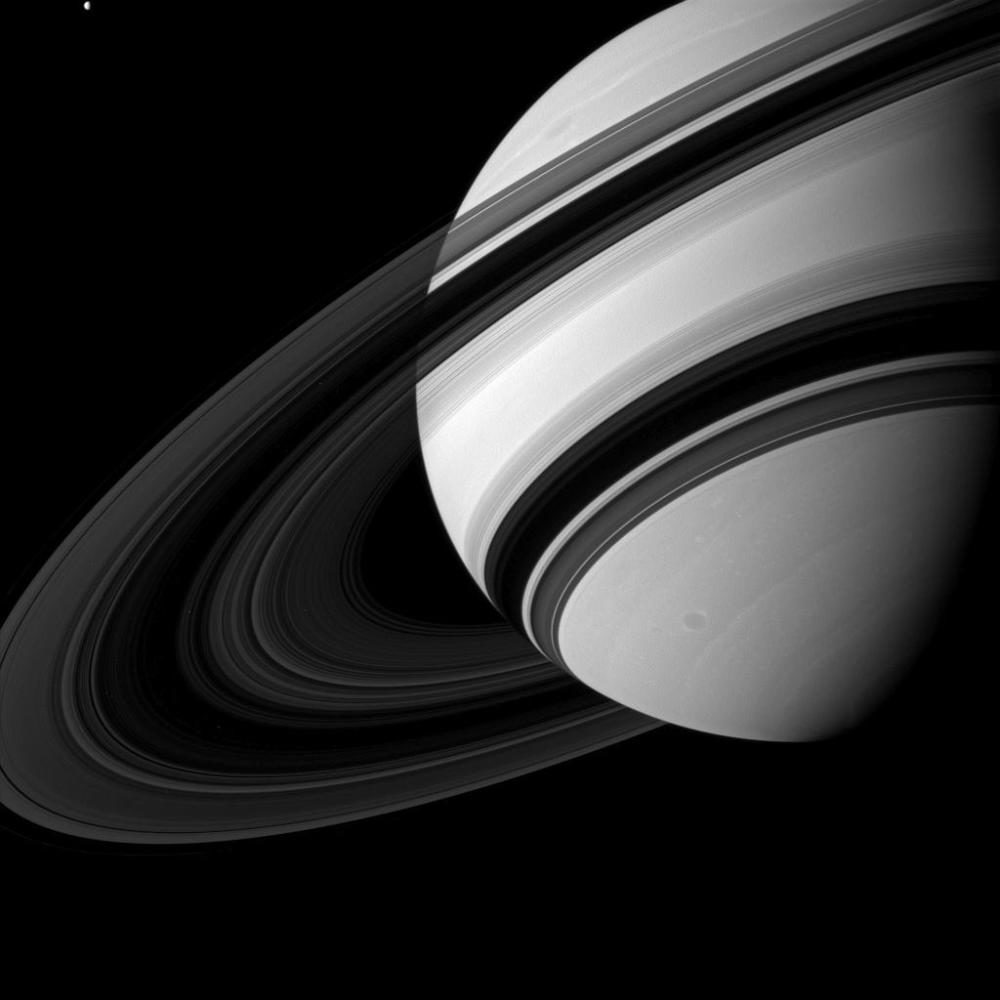Cassini’s Epic Journey to Saturn
May 31, 2017
Cassini-Huygens is an unmanned spacecraft sent to the planet Saturn as a cooperative project of NASA, the European Space Agency, and the Italian Space Agency. Cassini is a Flagship-class NASA–ESA–ASI robotic spacecraft — the fourth space probe to visit Saturn and the first to enter its orbit. Officially launched in 1997, Cassini has been studying Saturn and its moons since it arrived there in 2004.
Raw images of Cassini started surfacing on NASA’s website early Thursday. Data began flowing at 3:01 a.m. EDT and more than 100 images were transmitted. Cassini completed a dive in between Saturn and its rings. The dive was the first of 22 passes the spacecraft will make between Saturn and its rings over the next five months before it hurtles into the planet on September 15, a maneuver that will destroy Cassini and end the mission. Cassini is the first aircraft to come this close to Saturn, traveling at 70,000-plus mph through the 1,200-mile-wide-gap between Saturn’s atmosphere and its rings.
As of now, the spacecraft just successfully completed its first flight through the narrow gap between Saturn and its rings. The mission revealed surprising information to astronomers back on Earth. According to the data gathered by Cassini, the gap between Saturn and its rings is free of almost anything at all. This particular news is a delight for Cassini’s engineers, since it will now be much easier and safer for the craft to make the rest of its dives through the region. However, the news comes as a puzzle to NASA scientists who expected something to be filling the gap between Saturn and its rings. If the had seem more debris and dust in the gap, Cassin’s engineers would have to has used the saucer-shaped antenna as a shield during its dives. This would have meant that Cassini would have been restricted in what observations it could make and how much information it could send back as it did so. Fortunately, due to the presence of a gap without much debris and dust, Cassini will be able to make the twenty one dives and find out more about the mysterious gap around Saturn.



